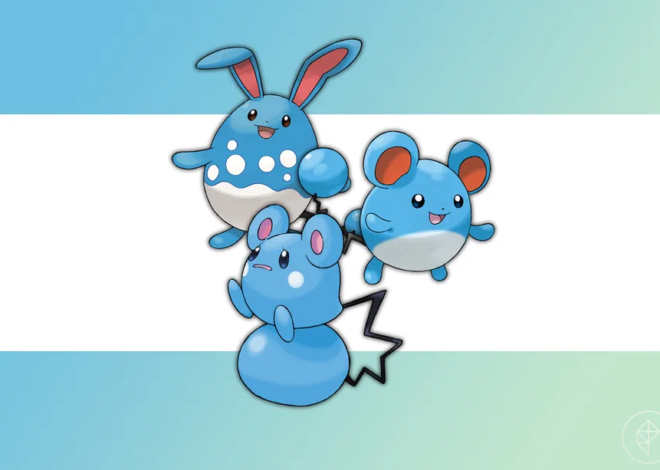
Getty Images made an AI Generator with Nvidia

Getty Images has joined forces with Nvidia to introduce a new tool called Generative AI by Getty Images, allowing users to create images using Getty’s extensive library of licensed photos. While the name may be a mouthful, this tool is exclusively trained on Getty Images’ vast library, encompassing premium content, offering users full copyright protection. This ensures that individuals who use the tool and publish the generated images commercially will be legally safeguarded, as confirmed by Getty.The collaboration involved Getty using Nvidia’s Edify model, available in Nvidia’s generative AI model library, Picasso.
Craig Peters, Getty’s CEO, will be participating in this year’s Code conference on September 26th and 27th, where attendees can gain insights into this development.

An examination of Generative AI by Getty Images revealed its ability to generate photos, as opposed to illustrations, and how closely it replicates authentic Getty-watermarked images. The results exceeded expectations, although stock photos often carry an artificial quality. This is a characteristic not unique to Getty’s generative AI but is also observed in the images produced by OpenAI’s upcoming DALL-E 3.
The tool excelled at creating lifelike human figures. For instance, it successfully generated a photo of a ballerina in an arabesque position on stage with a slightly blurred background, which appeared remarkably human. In contrast, the tool’s illustration mode produced 2D, clip-art style renderings.
Getty assured that any images created with the tool would not become part of the Getty Images and iStock content libraries. Creators will be compensated if their AI-generated images are used to train the current or future versions of the model. Revenue generated from the tool will be shared, with allocations based on file usage and traditional licensing revenue.
Grant Farhall, Chief Product Officer at Getty Images, emphasized the company’s deliberate approach to developing the tool in response to the growing interest in generative AI.
However, the tool has certain limitations. It restricts users from generating images involving real people, such as Joe Biden, and prohibits creating images in the style of artists like Andy Warhol or Jeff Koons. This is due to the tool’s lack of knowledge about real-world figures, ensuring it does not manipulate or recreate actual events.
Generative AI by Getty Images can be accessed via the Getty Images website and will be priced separately from a standard Getty Images subscription, with pricing determined by prompt volume.
Users will receive perpetual, worldwide, and unlimited usage rights for the images they create, although the copyright status of AI-generated images remains somewhat uncertain. Getty marks pictures generated with AI, identifying them as AI-generated.

Getty’s foray into AI-generated images aligns with its vast image library, allowing the company to compete with other entities utilizing its image collections to train AI models. Similar efforts have been made by Adobe, with its Firefly model, trained on its own licensed images.
Concerns have arisen within the creative community regarding the use of copyrighted material to train large language models and text-to-image systems. Some artists have sued AI developers for using their art without permission.
Getty envisions allowing customers to incorporate their own data to train the model and generate images in their brand’s style, with these features and additional services slated to become available later this year.


